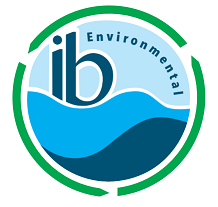Water Affordability and Equity
National water associations, state agencies, and individual communities face enormous challenges around funding and staffing as they balance water affordability with providing safe and sustainable water service.
ibE brings comprehensive experience at every level from shaping national water affordability policy, to helping states define affordability and assess eligibility in low-income areas, to guiding local communities in developing customer assistance programs (CAPs).
At the national level, ibE has worked extensively with organizations such as the American Water Works Association, providing research that informs policy development. , e.g. the Water 2050 Initiative. At the state level we have helped determine eligibility criteria for assistance to low-income communities.
We advise individual communities about issues related to the affordability in their specific customer base. Our team brings a programmatic approach to affordability, supporting communities efforts at multiple stages:
Identifying/Assessing Affordability Challenges
Addressing Affordability Challenges through Customer Assistance Programs (CAPs)
Developing Program Criteria
Estimating Program Costs
Designing Tailored Marketing Strategies
ibE has developed a customizable mapping model called Pockets of Poverty™, or PoPs, that maps over twenty (20) affordability-related metrics. PoPs integrates actual utility bill data within service area boundaries (which often differ substantially from county or city boundaries). Incorporating locally specific boundaries and bills into the PoPs model allows us to provide greater clarity to decision-makers, ensuring that affordability assessments are truly representative of the actual costs for affected populations and that efforts to address affordability are directed effectively.
By combining PoPs maps with an affordability assessment, ibE can help support communities in both identifying and addressing affordability issues, by helping communities develop customer assistance programs (CAPs) that alleviate affordability problems. We help communities develop targeted marketing strategies to reach potential CAP subscribers, including low-income households that may be harder to engage. Barriers such as language differences, multifamily housing arrangements, and limited literacy can make outreach challenging. We identify and address these factors to ensure programs are accessible to those who need them most.

